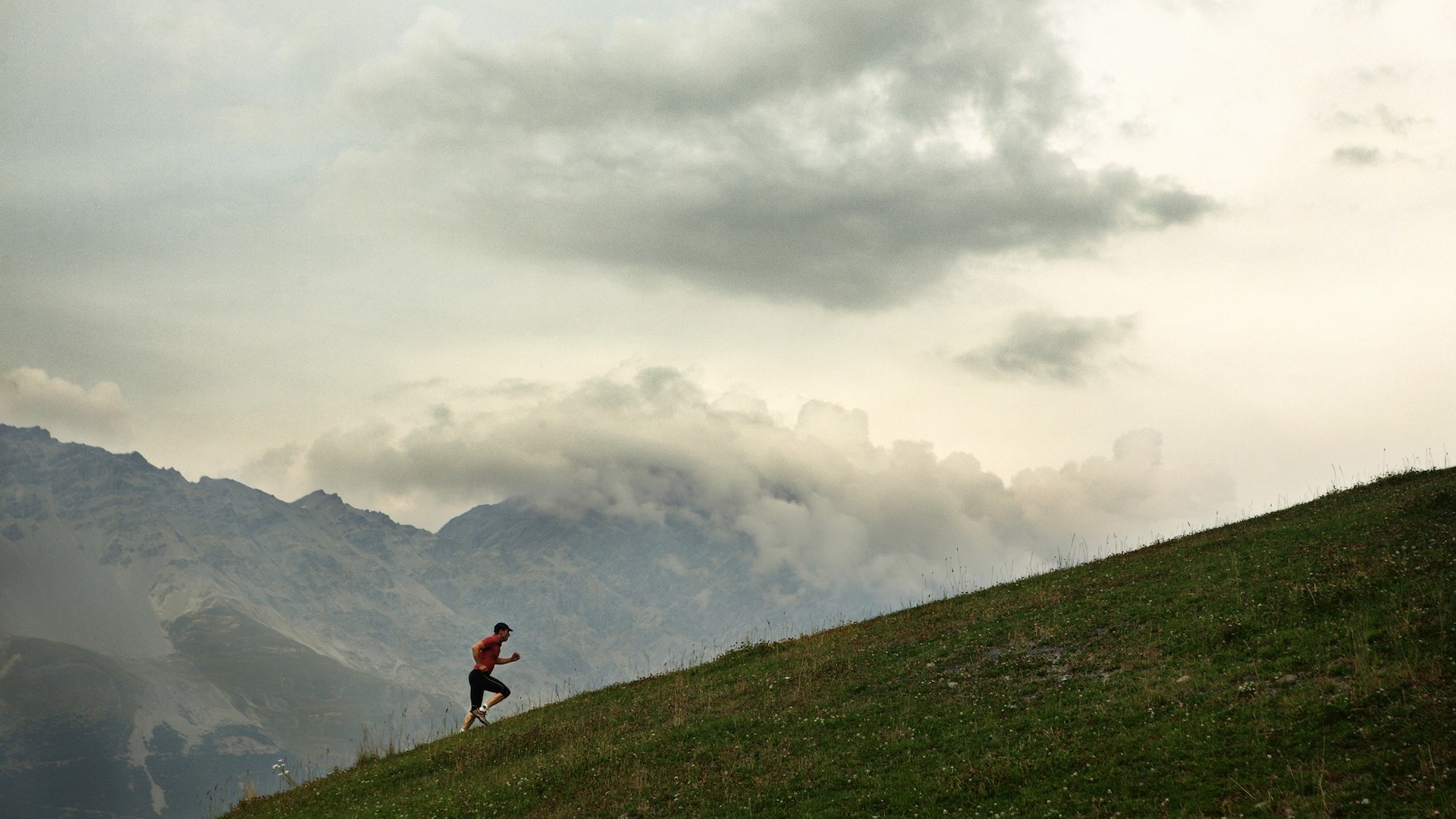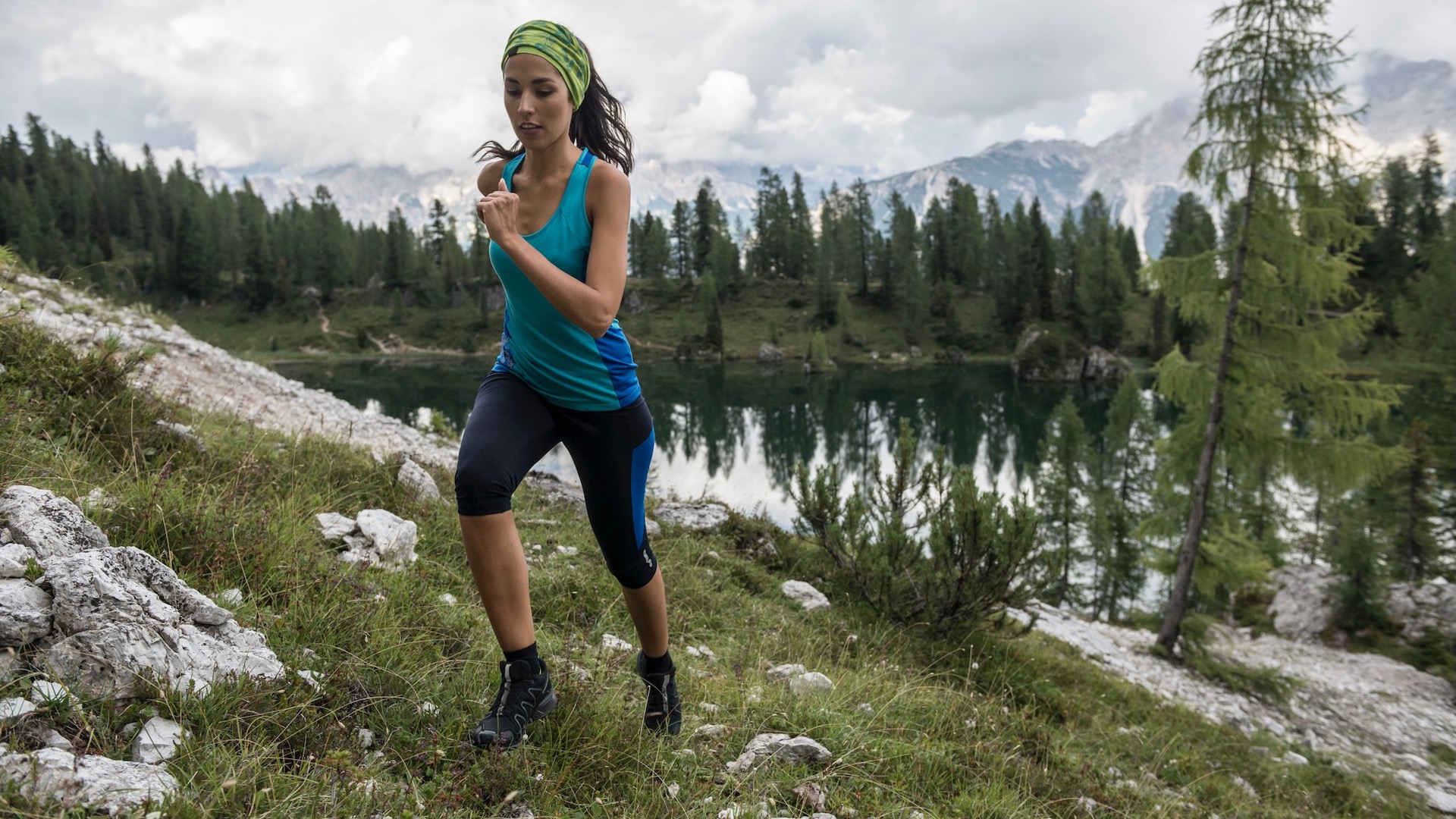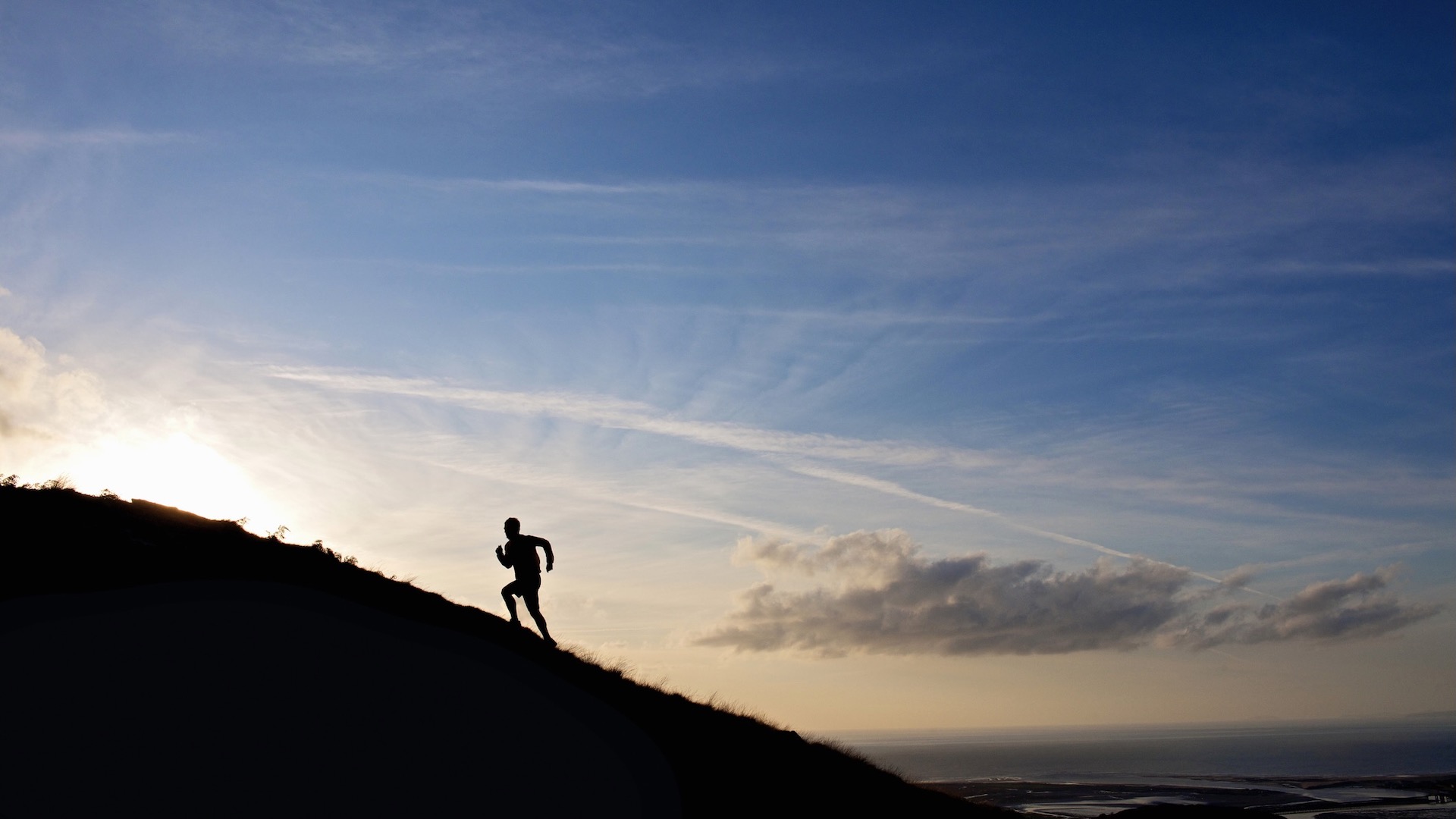Running up hills: 8 tips to help you deal with inclines
Learn how to enjoy the hills and become a more efficient trail runner

If you enjoy trail running, the chances are you will encounter a few hills on your outings. Running up hills can seem daunting at first and make you tired, but with a few tips you will find it becomes easier and far more enjoyable.
Learning to run uphill requires a bit of thought and a new set of skills. Here are some essential tips for running up hills.

The best tips for running up hills
Know when to run uphill
It is generally accepted there is an optimum steepness of slope for running uphill, after which it is better to walk. It’s claimed that if a hill has a a gradient of more than nine percent, it is more efficient to walk.
If you are not sure what this gradient looks like, or you simply want to ensure you are running in the most efficient way, you can gauge the steepness according to how it feels.
If you are finding it very hard work or you are very out of breath, the chances are you will be better off walking. The fitter you become the more hills you will be able to run but try not to be stressed about the times when you walk instead of running because it's likely you will be able to walk as quickly, or almost as quickly, up hills when they are steep compared to trying to run.
Short and sweet
On steep hills, you can try short bursts of running mixed with longer intervals of walking. In this way, you will maintain a good overall speed. When you are walking uphill, try to maintain a fast leg cadence.
Stay light on your feet
Running lightly on your feet will keep your cadence ticking over quickly as you run uphill. It is easier to take smaller steps when running up hills, rather than trying to stride out.
Advnture Newsletter
All the latest inspiration, tips and guides to help you plan your next Advnture!
Learn good posture
It can be tempting to lean over and forwards when running up hills. However, when your body is leaning forwards, you will end up bending at the waist and this reduces the hip flexor movement. In turn, the position will reduce the range of motion, which will lead to a shorter stride.
Instead, you should try to angle your body naturally towards the incline and aim to keep your back straight and erect, while also maintaining a straight line between your legs, hips and shoulders.
Engage your glutes
The glute muscles are very useful for powering runners up hills. The benefit of a more upright posture is that you are more likely to engage the glutes, which are big muscles. Think about the glutes as you run and try to place emphasis on using them at uphill sections.

Don’t forget about your arms
Runners use their arms to generate more leg power and this is particularly important when running up hills. The faster your arms move, the faster the legs move, too. When running up hills, try to swing your arms lower and shorter. This should lead to a shorter, quicker stride.
Use running poles
Running poles can help with forward propulsion, especially when running up hills. The way that you use the running poles will depend on the gradient of the hill. For shallower hills, you can use the poles as an extension of your arms. Plant the poles to the rear of your feet and lean on the poles to give you a greater push upwards.
If the hills are steeper and you have started to walk, you can plant both poles ahead of you and use them to power you uphill. In this way, you are using your upper body as well as your legs for better running up hills.
Make the most of the downhills
Use the downhills to recover your heart rate and to allow your legs to recover. If you relax, you’ll recover more quickly and this will enable you to tackler the uphills with greater energy and strength.
Running up hills takes time to learn and also the more you do it, the easier and more enjoyable the ascents will become.

Fiona Russell is a widely published adventure journalist and blogger, better known as Fiona Outdoors. She is based in Scotland and is an all-round outdoors enthusiast with favorite activities including trail running, mountain walking, mountain biking, road cycling, triathlon and skiing (both downhill and backcountry). Aside from her own adventures, Fiona's biggest aim is to inspire others to enjoy getting outside and exploring, especially through her writing. She is also rarely seen without a running skort! Find out more at Fiona Outdoors.
